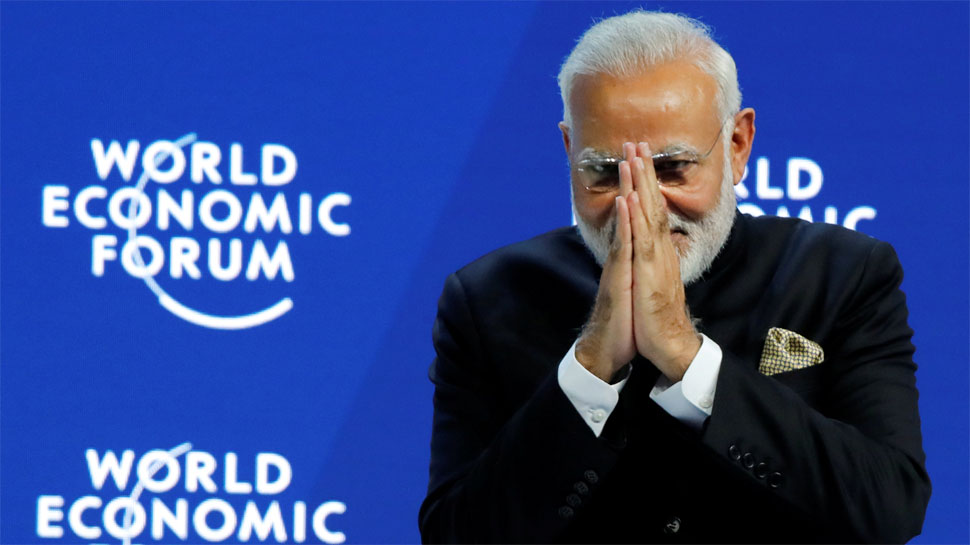There are signs that GST could be further rationalized to bring more than 99 percent of goods and services in 18 percent or lower tax slabs. As of now, there are 23 goods or services which attract 28 percent tax under the new indirect tax regime. PM promised to leave only sin goods in 28 percent tax slab in the upcoming months. “GST has given the society and entrepreneurs a simple and efficient tax system free of inspector raj. Broad-based consultations have led to changes in GST over time. Today, it is settled to a large extent. We are reaching a situation where 99% of items could be brought in 18% GST rate or lower. We are going in the direction of leaving only luxury items or sin goods in the 28% slab.” said the Prime Minister.
The items like digital cameras, cement, TV screens above 68 cm currently fall under 28 percent slab. These could be brought under 18 percent tax slab while goods like paan masala, revolvers, and pistols, aircraft for personal use will continue to fall under 28 percent tax slab. The tax on movie tickets above 100 rupees which currently falls in 28 percent tax slab can also be rationalized.
Since the implementation of the indirect tax regime on July 1, the council has rationalized rates 4 times in 2017 (October 6, November 10, January 18 and July 21). The first major rationalization was in November 2017 when 128 items including sanitary ware, lamp, fans, and chocolates were brought to 18 percent tax slab. The last rationalization was in July 2018 when the tax on 15 white goods like refrigerators, washing machines, and screen television was reduced.
The last four rationalizations reduced the tax collection by 40,000-50,000 crores. The next round of rationalization would further reduce the revenues for the council in short term. “Bringing more products under the 18% slab could help in reducing the number of slabs in future, but one could anticipate short-term headwinds on revenue collections,” said M.S. Mani, partner, Deloitte India.
However, many new businesses have registered themselves as taxpayers since the rollout of GST. The new taxpayers are expected to compensate for the rationalization of taxes in the future. GST has increased the compliance of direct taxes because those who have disclosed a business turnover in the GST regime now find it difficult to hide their net-income in order to avoid income tax. So, the newly registered GST payers and the increased compliance for direct taxes will compensate for the losses of rate rationalization.
The rate rationalization will help the middle class which is somewhere between 200-400 million. The consumption trends in the country changed fairly in the post-liberalization era. The digital cameras, cement, TV screens etc. are now consumed by people of the middle class so keeping them in ‘sin goods’ which is meant for Alcohol, Paintings is treachery with the ‘common’ Indian people. The rationalization of taxes is actually something the GST Council should have done much earlier, having gathered the conviction that a well-modeled GST which reflected contemporary consumer reality made more sense than an outdated structure inherited from a pre-1980 era. Also, higher tax leads to lower consumption of products, as more taxes on products like cement, TV will lead to lower consumption. If the tax is low on these products then people will purchase more and the revenue loss due to the lowering of tax rates could be recovered from the growth in sales.
